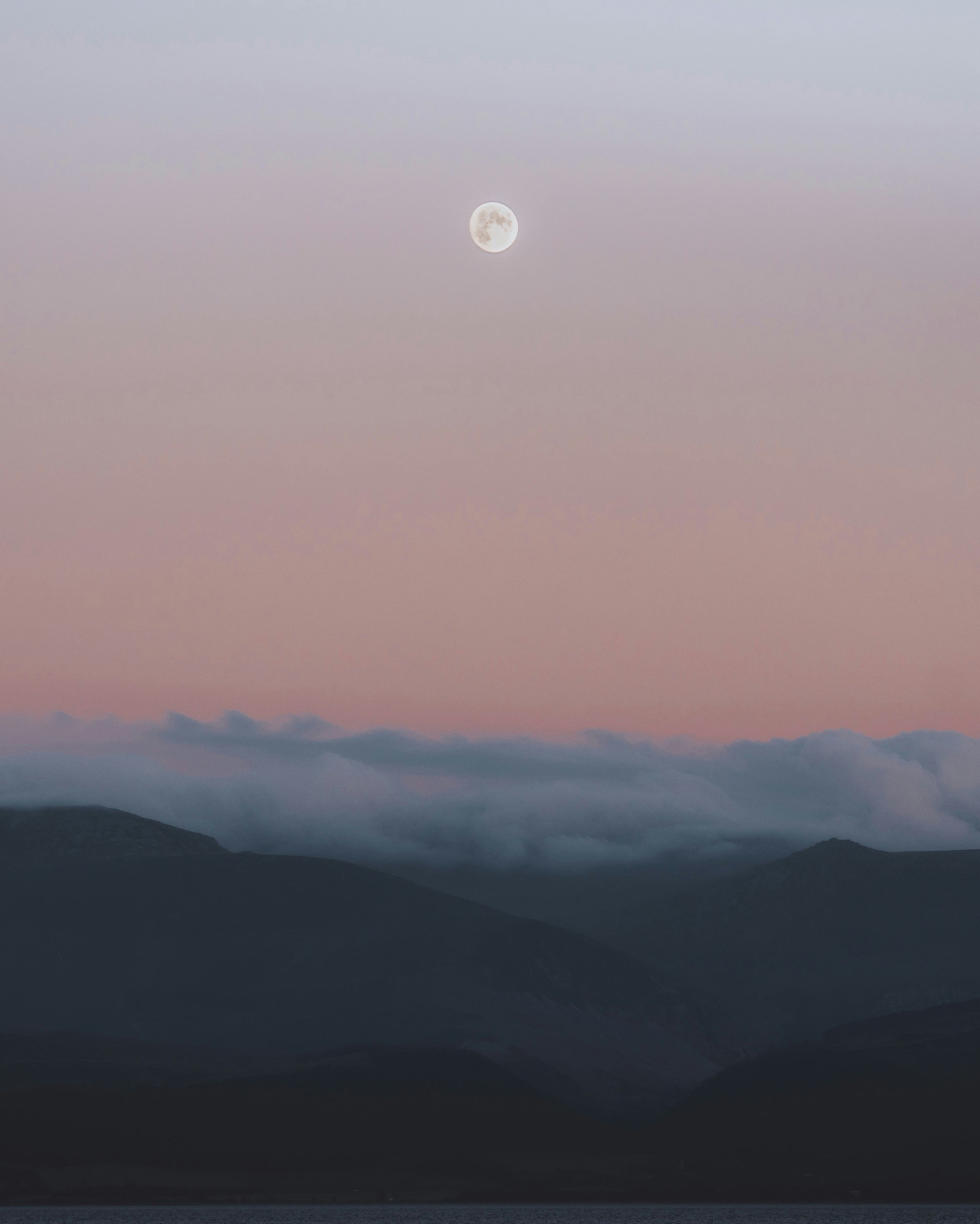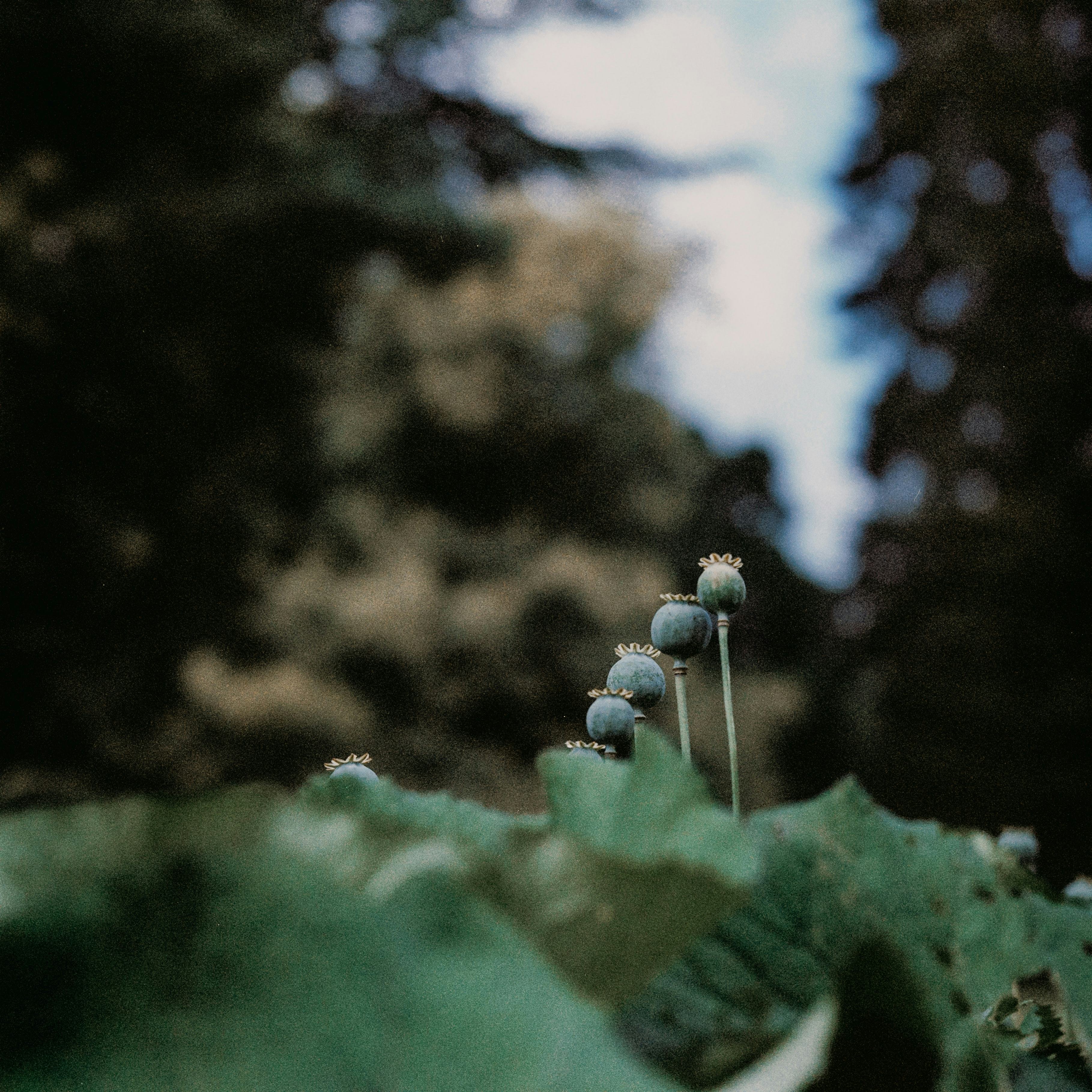The trees hold earth’s history. The pages revealing the evidence of the planet’s stages through the ages are bound most accurately not between the covers of a textbook but between the core and the bark of the oak, maple, pine, languishing ash.
As a child, I learned you could tell the age of a tree by counting its rings. I once saw a cross section of a tree at a museum. The plaque adjacent to the display stated the tree’s age based on the number of concentric circles it contained. (Not counting the bark. That doesn’t grow rings. It just gets pushed out as the inside grows.) It was like a mammoth wooden coin that had been lacquered shiny, smooth to educate us human inhabitants, stewards, of the earth as to just what goes on beneath the surface, the slice of a historical record all its own.
While the number of rings reveal its age, a tree’s appearance informs the curious observer of the climate conditions. On this particular specimen, someone had labelled a few of the rings. An arrow pointing to a ring bumpier than the rest loomed like a dark ghost from the year of the forest fire. Another arrow pointing to a thick ring from the rainy season. A thin ring from a particularly dry season.
If someone were to take a cross section of my life, would there be similar concentric circles to tell my winding story? A wide, robust ring every year I had a child: one at the twenty-fifth ring, one at the thirtieth, one at the thirty-third? Thinner rings for the stubborn years, the times I refused to listen to reason, stunting my own growth?
In some ways, trees and I flourish under similar conditions. In other ways, we are opposite. Whereas a tree tends to grow less during years of heightened stress: producing thinner rings, I have grown the most during the most stressful seasons of my life.
A blackened ring will bear witness to the fact that a tree had endured a fire. My memory of our house fire in 1998, although charred by fear, sadness, loss, and confusion, also contains lessons I would not have learned any other way. The tragic event deadened any passion I had for material possessions, strengthened my affection for my husband and my baby son, and renewed my faith in the God who protected us by keeping us at a friend’s picnic while the fire raged on.
I used to envy the trees for their bark armor. For every ring around the rosy sun, they grow a ring of cells around their core: ever more protected. Layer upon layer of distance between their fragile core and the hunter/gatherer humans seeking to take and take even if only the oxygen they offer.
How do you love like a tree?
Stand tall right where you’re planted. Bloom and blossom and give all that is given to you to share with those planted around you, but remain stoic. Don’t bend and coddle. As time passes, build layer upon layer of armor around your precious insides so no one can get in, and you can get farther and farther from anything, anyone, that might hurt you. But the very thing - the hard shell, that armor - that protects you from pain also prevents you from affection.
My precious son (the one who came to us after the fire) reminds me, we are not trees. Though our words may be wooden and our smiles stiff, we are malleable, pliable flesh, bones, and blood with nothing to shield us from the elements but eight pounds of skin. And we don’t even get to keep it. Every moment, we shed tens of thousands of cells of our living armor.
What protects us from a world bent on its own survival? What’s one in a forest of eight billion? How then do we protect our own fragile heart?
I tried wearing bark once. That year they told us to stay home behind a wall of cells of our own making and only breathe the air of the trees to protect our own skin. I did. And it was great. For a while. I dug deep inside myself, reignited wonder over the green things around me, planted a garden, flourished. But as tall as I grew on my own, even growing closer to heaven and its angels, I still longed for connection with others. The distance may have been keeping me physically healthy, but emotionally, I was starved.
Then, I remembered roots.
Trees are only able to grow taller as they spread out their root systems ever farther, seeking water and nutrients. They do this in the winter. That year of hibernation when it seemed we were dormant, I needed to grow my roots. I joined a women’s group. Even though we could only meet online, we shared our wounds and scars with one another. We shared each other’s pain - a healing balm for us all.
Now I pity the trees with their bark armor. Carrying around forever a record of wrongs. This was a tough year. This was the year I got burned. See this scar? I’ve had it for years. To carry around all that pain by yourself. Is it really worth it? Trees can’t entwine their fingers in their mate’s. Trees can’t hug their children, mourn a friend at a funeral. Perhaps the trees envy our soft skin.
Although we bruise easily, in time we heal over. Stronger.
Amy Nicholson finds grace in ordinary places. She writes by a waterfall in northwest Connecticut where she lives with her husband and their three amazing kids, an aloof cat (aren’t they all?), and a black lab who doesn’t know she’s not a human. She has been published in Country Woman, Green Mountain Trading Post, Today’s American Catholic, among other places, and on her website.
Discover more from Amy Nicholson .









